During a sun-soaked fiesta in Bicol, where the air was filled with laughter and the aroma of home cooking, my Tita Cordia introduced me to Tinutungang Manok: a dish that instantly transported me back to my grandmother's kitchen.
As soon as I tasted the smoky, creamy coconut sauce enveloping the tender native chicken, I knew I had to learn how to make it myself.
After countless attempts and guidance from my Bicolano relatives, I've perfected this traditional recipe that transforms simple ingredients into something truly delicious.
The secret lies in the patient process of smoking freshly grated coconut before extracting its milk, creating layers of flavor that you simply can't find in any other Filipino dish.
Today, I'm excited to share this treasured Bicolano tinutungang manok recipe that has become a weekend favorite in my own home, promising to fill your kitchen with irresistible aromas and your family's hearts with the warmth of authentic Filipino cooking.
What is Tinutungan?
"Tinutungan" comes from the Bicolano root word "tunung," which means to burn or smoke. In this context, it specifically refers to the traditional cooking technique of deliberately burning or charring freshly grated coconut before extracting its milk. When you add the infix "-in-" and suffix "-an" to "tunung," it becomes "tinutungan," meaning "smoked" or "charred," describing the distinctive process that gives this dish its signature smoky flavor.
In everyday Bicolano cooking terms, when someone says they are making a "tinutungan" dish, they're specifically referring to this method of smoking the coconut first. The technique is an essential part of Bicolano culinary heritage, demonstrating how a simple modification in ingredient preparation can dramatically transform a dish's flavor profile.
Jump to:
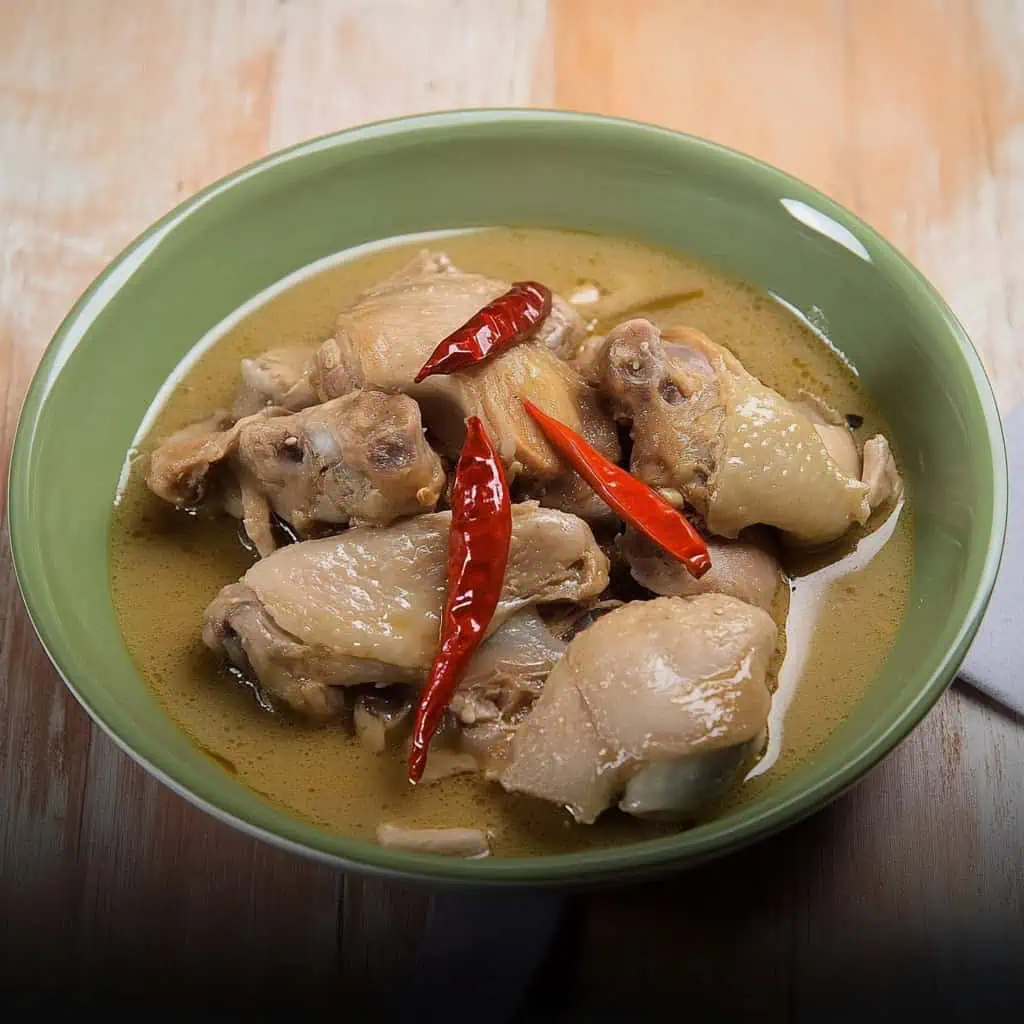
Why You'll Love This Recipe
- Unique Smoking Technique: Experience the distinctive smoky flavor from traditionally burned coconut milk
- Authentic Taste: Uses native chicken (native na manok) for that genuine Filipino farm-to-table flavor
- Perfect Balance: Creamy coconut milk perfectly complements the spicy chilies
- Family Legacy: A cherished Bicolano recipe passed down through generations
- Versatile: Can be served for special occasions or family meals
Ingredients
Each ingredient in Tinutungang Manok plays a vital role in creating this Bicolano masterpiece. Native chicken offers a more robust flavor and firmer texture that holds up beautifully during slow cooking.
Green papaya not only adds subtle sweetness but also contains natural enzymes that tenderize the meat. The star ingredient — smoked fresh coconut — provides the signature creamy base with distinctive smoky notes. Lemongrass and aromatics infuse fragrant depth, while the two types of chilies deliver the characteristic Bicolano heat that perfectly balances the richness of the coconut milk.
These ingredients have been perfected over generations, creating a harmonious blend of smoky, spicy, and savory flavors that defines authentic Bicolano cuisine.
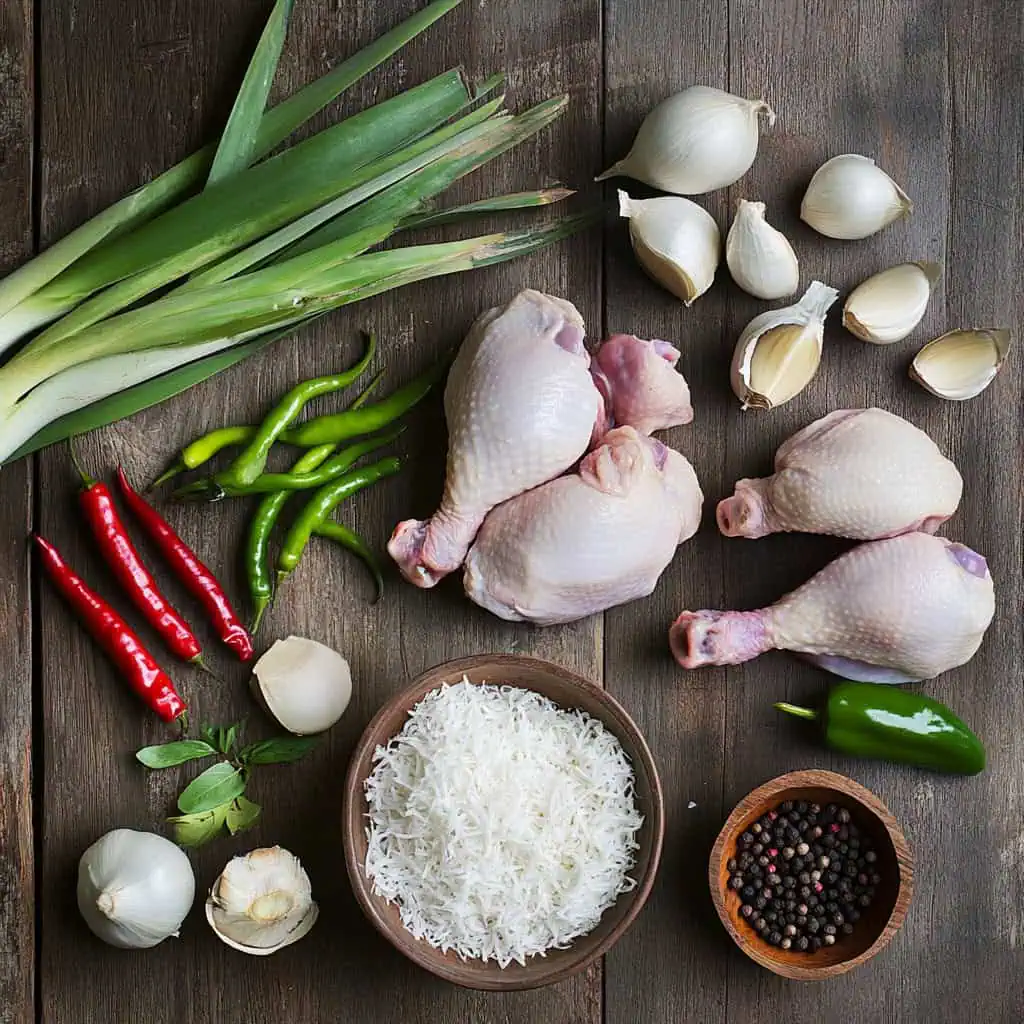
- 1 kilo native chicken, cut into serving pieces
- 2 pieces green papaya, julienned
- 2 whole coconuts, freshly grated
- 1 stalk lemongrass, bruised
- ½ teaspoon crushed black pepper
- ½ teaspoon salt
- 1 piece long green chili
- 2 pieces bird's eye chilies
- 4 cloves garlic, minced
- 1 whole onion, sliced
- ¼ teaspoon MSG (optional)
- Warm water for coconut milk extraction (50ml per coconut)
Equipment Needed
- Pot or heavy-bottomed pot: For even heat distribution and traditional cooking method
- Coconut grater (kudkuran): Used for fresh coconut extraction
- Cheesecloth or muslin (bila): Essential for extracting coconut milk
- Charcoal pieces (uling): Used for smoking the coconut
- Heat-resistant bowl: Holds the coconut during the smoking process
- Wok or deep pan (kawali): For final cooking of the dish
- Wooden spoon (sandok): For gentle stirring to prevent curdling
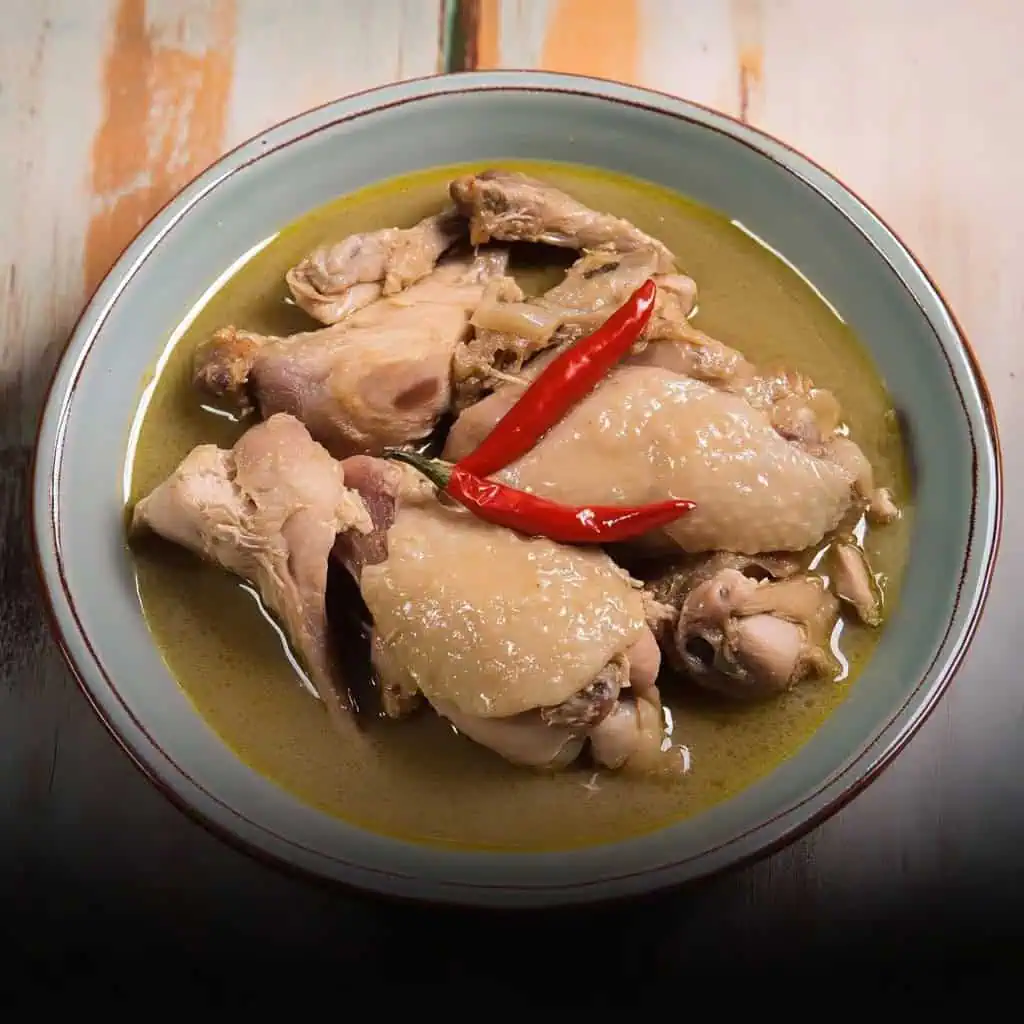
How To Make
- Begin by preparing the smoked coconut milk. Light 2 pieces of charcoal until they become red-hot (500°F/260°C). Place your freshly grated coconut in a heat-resistant bowl and carefully place the hot charcoal pieces on top. Allow some parts of the coconut to burn slightly for about 3-5 minutes, then remove the charcoal. Remember, the darker the coconut is toasted, the deeper the smoky flavor.
- Extract the coconut milk in two stages. For the first extract (kakang gata), pour 1 cup of warm water (110°F/43°C) over the smoked coconut and squeeze firmly through a cheesecloth. Set this thick first extract aside. For the second extract, repeat the process with the remaining warm water. This thinner milk will be used first in cooking.
- Heat your wok or deep pan to medium heat (350°F/175°C). Sauté the minced garlic until golden, then add sliced onions and cook until translucent. Add the native chicken pieces and season with crushed black pepper. Add the bruised lemongrass and pour in the second coconut milk extract. Season with salt to taste.
- Add the julienned green papaya and let it simmer until tender, about 15-20 minutes. Pour in the reserved first coconut milk extract and add the bird's eye chilies and long green chili. Reduce heat to 300°F/150°C and continue to simmer until oil surfaces on top, approximately 20-30 minutes. Stir occasionally but gently to prevent the coconut milk from curdling.
- For the optional traditional Bicolano niligo preparation, reserve some sauce in the pan and add day-old rice, mixing until the rice absorbs all the flavors. Serve the Tinutungang Manok hot with steamed white rice.

Tips from Lola's Kitchen
- Use native chicken for the most authentic taste and texture
- Never cover the pot while cooking to maintain the smoky aroma
- Stir gently and infrequently to prevent the coconut milk from curdling
- Monitor the color - it should be slightly golden-brown, not too dark
- Toast coconut until light brown spots appear for optimal smokiness
- Low and slow cooking yields the most tender chicken and richest flavor
- Allow the dish to rest for 10 minutes before serving to let flavors meld
- Taste before serving and adjust salt if needed
Substitutions
- Native Chicken: Regular chicken can be used but increase cooking time by 15-20 minutes for better texture
- Green Papaya: Substitute with sayote (chayote) or young bamboo shoots
- Bird's Eye Chilies: Use regular red chilies for milder heat or bell peppers for no heat
- Fresh Coconut: In a pinch, use packaged coconut milk (2 cups) but add ½ teaspoon liquid smoke
- Lemongrass: Substitute with 1 tablespoon lemon zest and ¼ teaspoon ginger
- MSG: Simply omit or replace with 1 tablespoon fish sauce for umami flavor
Troubleshooting
- Curdled Coconut Milk: Keep temperature steady and avoid rapid boiling; if it curdles, lower heat immediately and stir gently until smooth
- Tough Chicken: Extend cooking time at lower temperature; native chicken needs patience to become tender
- Not Smoky Enough: Ensure proper charring of coconut before extraction; you can add a drop of liquid smoke as a rescue
- Too Spicy: Add more coconut milk to dilute or serve with extra rice
- Too Thin Sauce: Simmer uncovered for longer to reduce or add 1 tablespoon grated young coconut meat
- Too Thick Sauce: Add water or coconut water gradually until desired consistency is achieved
Storage & Reheating
- Refrigeration: Keeps for 3-4 days in an airtight container; flavors actually deepen overnight
- Freezing: Can be frozen for up to 2 months in freezer-safe containers
- Reheating: Use gentle heat (medium-low), stirring occasionally; add 2-3 tablespoons of coconut milk to restore creaminess
- Avoid Microwave: Stovetop reheating is best to prevent separation and maintain texture
- Let Rest: Allow refrigerated dish to come to room temperature for 15 minutes before reheating
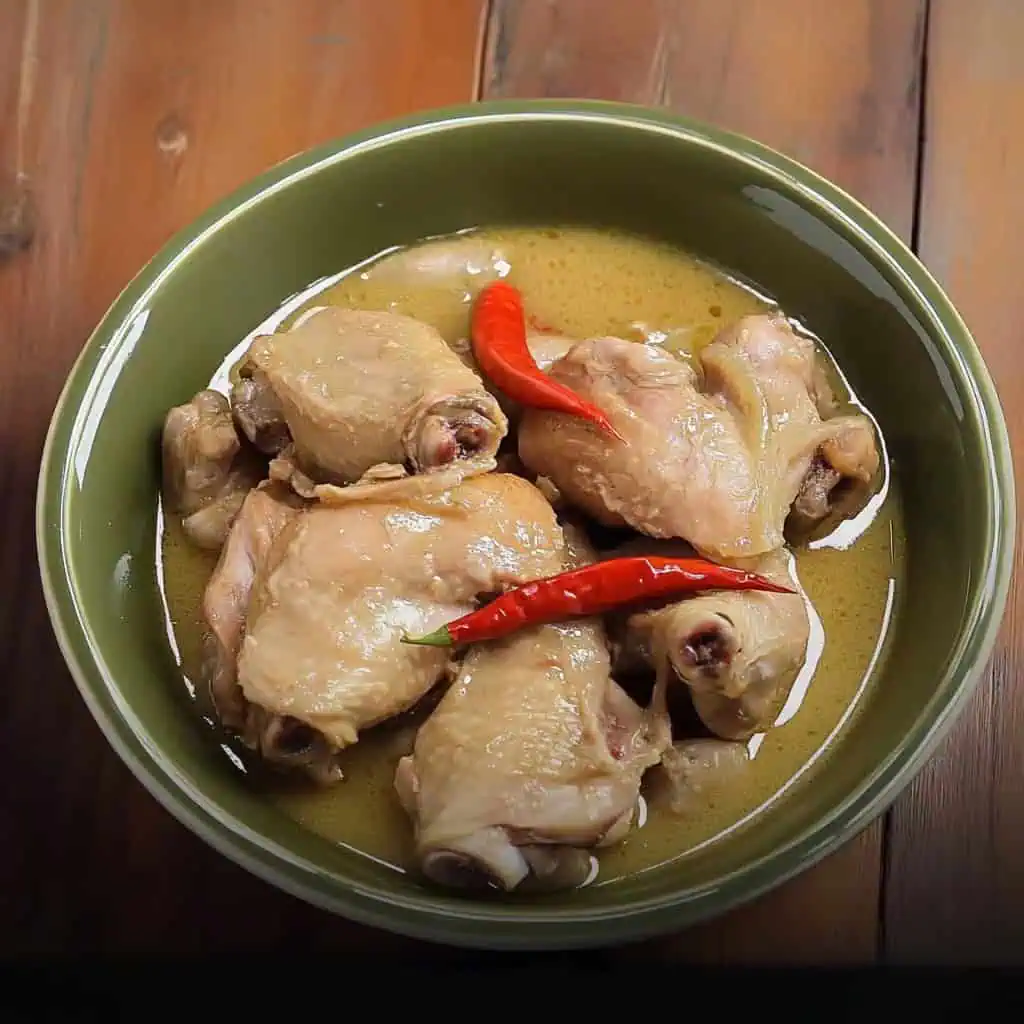
FAQ
Why use native chicken?
Native chicken provides a more authentic taste and firmer texture that holds up beautifully to slow cooking. The flavor is more intense and gamey, which complements the smoky coconut perfectly.
Can I make this less spicy?
Yes, reduce or omit the bird's eye chilies while maintaining the long green chili for flavor without intense heat. You can also remove the seeds from all chilies.
How do I know when the coconut is properly smoked?
Look for light brown spots and a distinctive smoky aroma. The coconut should change color slightly but avoid burning it completely black, which will make the dish bitter.
Can I prepare this in advance for parties?
Absolutely! It actually tastes better the next day as flavors develop further. Make it a day ahead and reheat gently before serving.
How can I tell when the dish is done?
The oil from the coconut milk will rise to the surface, creating small pools on top. The chicken should also be fork-tender and easily pulled from the bone.
Is green papaya essential to the recipe?
While traditional, green papaya serves to tenderize the meat and add subtle sweetness. The dish will still be delicious without it, but cooking time may need adjustment.
Can this dish be made in a slow cooker?
Yes, though you'll need to prepare the smoked coconut milk separately. Cook on low for 6-8 hours after adding all ingredients, adding the first extraction of coconut milk in the final hour.
What's the best side dish to serve with Tinutungang Manok?
Traditional steamed white rice is perfect for soaking up the delicious sauce. You can also serve with grilled vegetables or traditional Bicolano sides like Laing or Pinangat.
Related
Looking for other recipes like this? Try these:
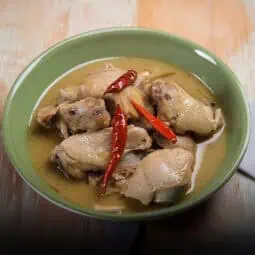
Tinutungang Manok (Authentic Bicolano Smoked Coconut Chicken Stew)
Equipment
- For gentle stirringor heavy-bottomed pot For even heat distribution and traditional cooking method
- Coconut grater (kudkuran) For fresh coconut extraction
- Cheesecloth or muslin (bila) For extracting coconut milk
- Charcoal pieces (uling) For smoking the coconut
- Heat-resistant bowl For the smoking process
- Wok or deep pan (kawali) For final cooking
- Wooden spoon (sandok) For gentle stirring
Ingredients
- 1 kilo native chicken native na manok, cut into serving pieces
- 2 pieces green papaya papaya, julienned
- 2 whole coconuts niyog, freshly grated
- 1 stalk lemongrass tanglad, bruised
- ½ teaspoon crushed black pepper durog na paminta
- ½ teaspoon salt asin
- 1 piece long green chili siling haba
- 2 pieces bird's eye chilies siling labuyo
- 4 cloves garlic bawang, minced
- 1 whole onion sibuyas, sliced
- ¼ teaspoon MSG optional
- Warm water for coconut milk extraction 50ml per coconut
Instructions
- Begin by preparing the smoked coconut milk. Light 2 pieces of charcoal until they become red-hot (500°F/260°C). Place your freshly grated coconut (niyog) in a heat-resistant bowl and carefully place the hot charcoal pieces on top. Allow some parts of the coconut to burn slightly for about 3-5 minutes, then remove the charcoal. Remember, "Mas maitim ang tusta ng niyog, mas malalim ang lasa ng tinunung" (the darker the coconut is toasted, the deeper the smoky flavor).
- Extract the coconut milk in two stages. For the first extract (kakang gata), pour 1 cup of warm water (110°F/43°C) over the smoked coconut and squeeze firmly through a cheesecloth. Set this thick first extract aside. For the second extract, repeat the process with the remaining warm water. This thinner milk will be used first in cooking.
- Heat your wok or deep pan (kawali) to medium heat (350°F/175°C). Sauté the minced garlic (bawang) until golden, then add sliced onions (sibuyas) and cook until translucent. Add the native chicken pieces (native na manok) and season with crushed black pepper (durog na paminta). Add the bruised lemongrass (tanglad) and pour in the second coconut milk extract. Season with salt (asin) to taste.
- Add the julienned green papaya and let it simmer until tender, about 15-20 minutes. Pour in the reserved first coconut milk extract and add the bird's eye chilies (siling labuyo) and long green chili (siling haba). Reduce heat to 300°F/150°C and continue to simmer until oil surfaces on top, approximately 20-30 minutes. Stir occasionally but gently to prevent the coconut milk from curdling.
- For the optional traditional Bicolano niligo preparation, reserve some sauce in the pan and add day-old rice (bahaw), mixing until the rice absorbs all the flavors. Serve the Tinutungang Manok hot with steamed white rice (kanin). The dish can be stored in the refrigerator for 3-4 days in an airtight container. When reheating, use gentle heat and stir occasionally, adding extra coconut milk if needed to maintain the creamy consistency.
Tips from Lola's Kitchen
- Use native chicken for authentic taste and texture
- Never cover the pot while cooking to maintain the smoky aroma
- Stir gently to prevent the coconut milk from curdling
- The color should be slightly golden-brown, not too dark
- Toast coconut until light brown spots appear for optimal smokiness
Nutrition
The Story Behind Tinutungang Manok
Deep in the heart of the Bicol region, where coconut trees sway endlessly and chilies grow in abundance, Tinutungang Manok emerged as a testament to Bicolano ingenuity and resourcefulness. This beloved dish originated from the age-old practice of local cooks maximizing the rich flavors of their region's most abundant resource – the coconut.
The story goes that in the early days, when native chickens roamed freely in Bicolano backyards, home cooks discovered that slightly burning the grated coconut before extracting its milk created an extraordinary depth of flavor. This technique, known as "tinutung," was born from the traditional cooking methods using open hearths and wood fires, where the subtle smokiness would naturally infuse into dishes.
What sets this dish apart is its connection to Bicol's fiesta culture. During celebrations, when families gathered and food needed to be extra special, cooks would take the time to carefully smoke their coconut using hot charcoal – a method that transformed an everyday ingredient into something extraordinary. The addition of green papaya, a common backyard vegetable, helped tenderize the native chicken while adding subtle sweetness to balance the rich, smoky sauce.
Today, Tinutungang Manok stands as one of Bicol's most distinctive dishes, alongside favorites like Bicol Express and Laing. While many modern interpretations exist, traditional Bicolano households still insist on using native chickens and freshly extracted coconut milk, maintaining the authenticity that has made this dish beloved for generations. The dish perfectly captures the essence of Bicolano cooking – the masterful use of coconut milk, the careful balance of flavors, and the patience required to create something truly memorable.
In many Bicolano homes, the recipe has been passed down through generations, with each family adding their own subtle variations while keeping the essential smoking technique intact. Whether served at festive gatherings or Sunday family lunches, Tinutungang Manok continues to tell the story of Bicol's rich culinary heritage, one smoky, creamy spoonful at a time.
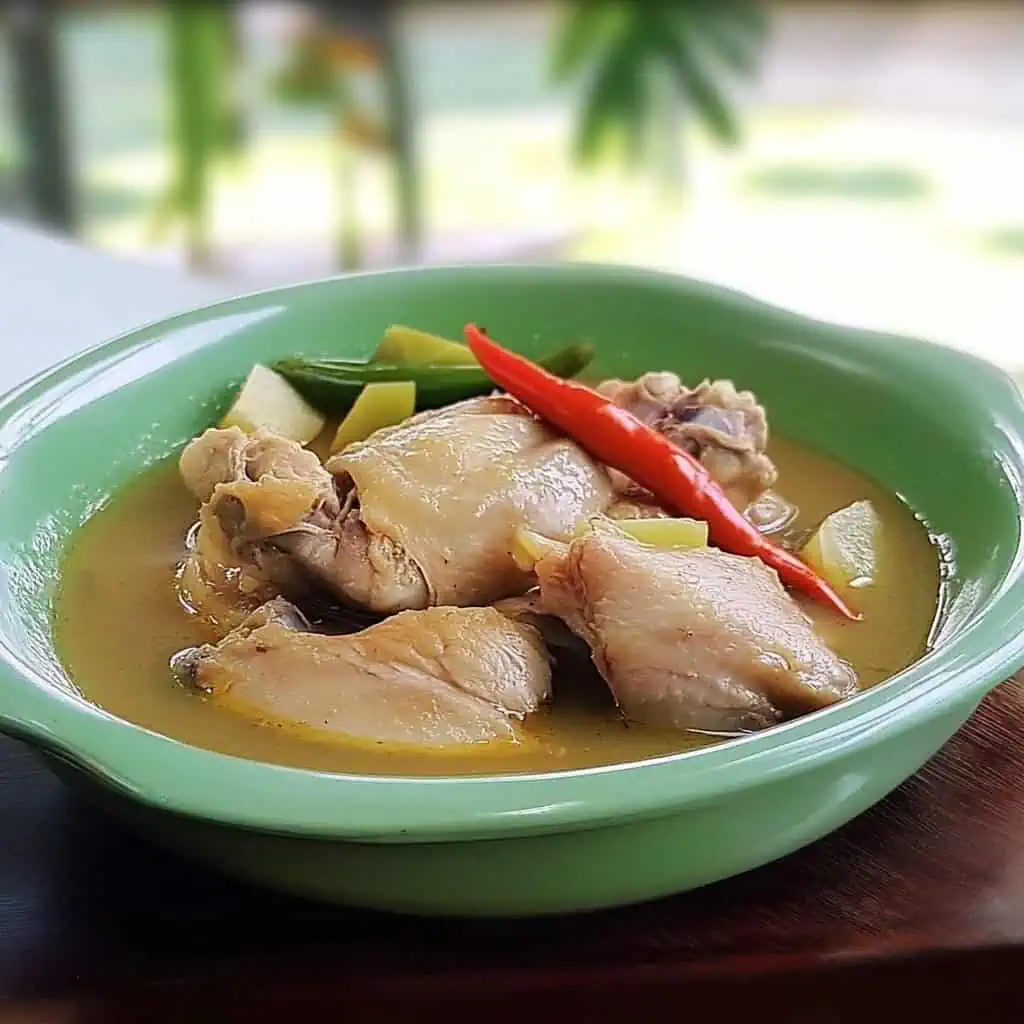

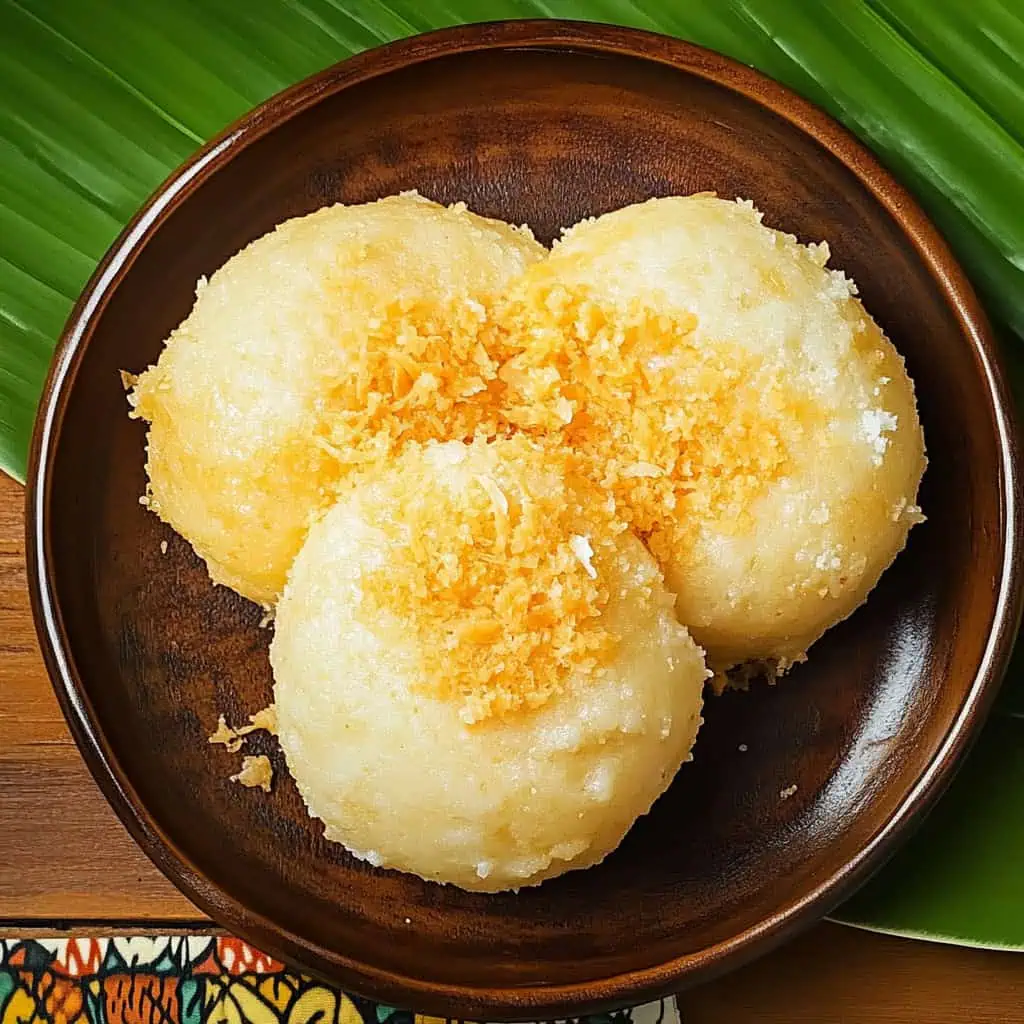
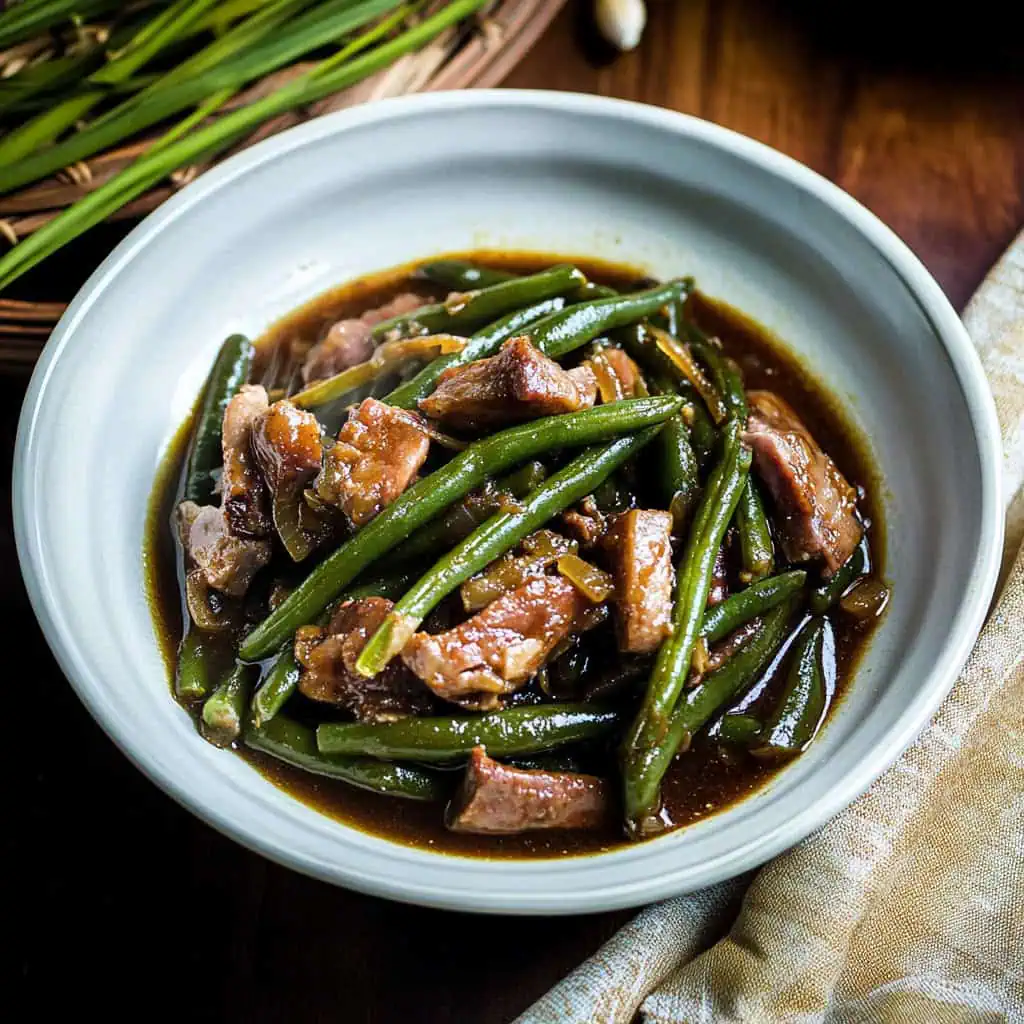
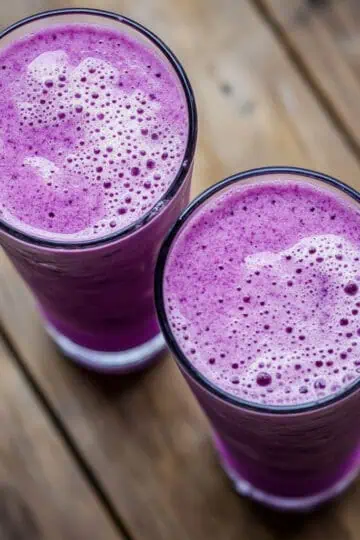
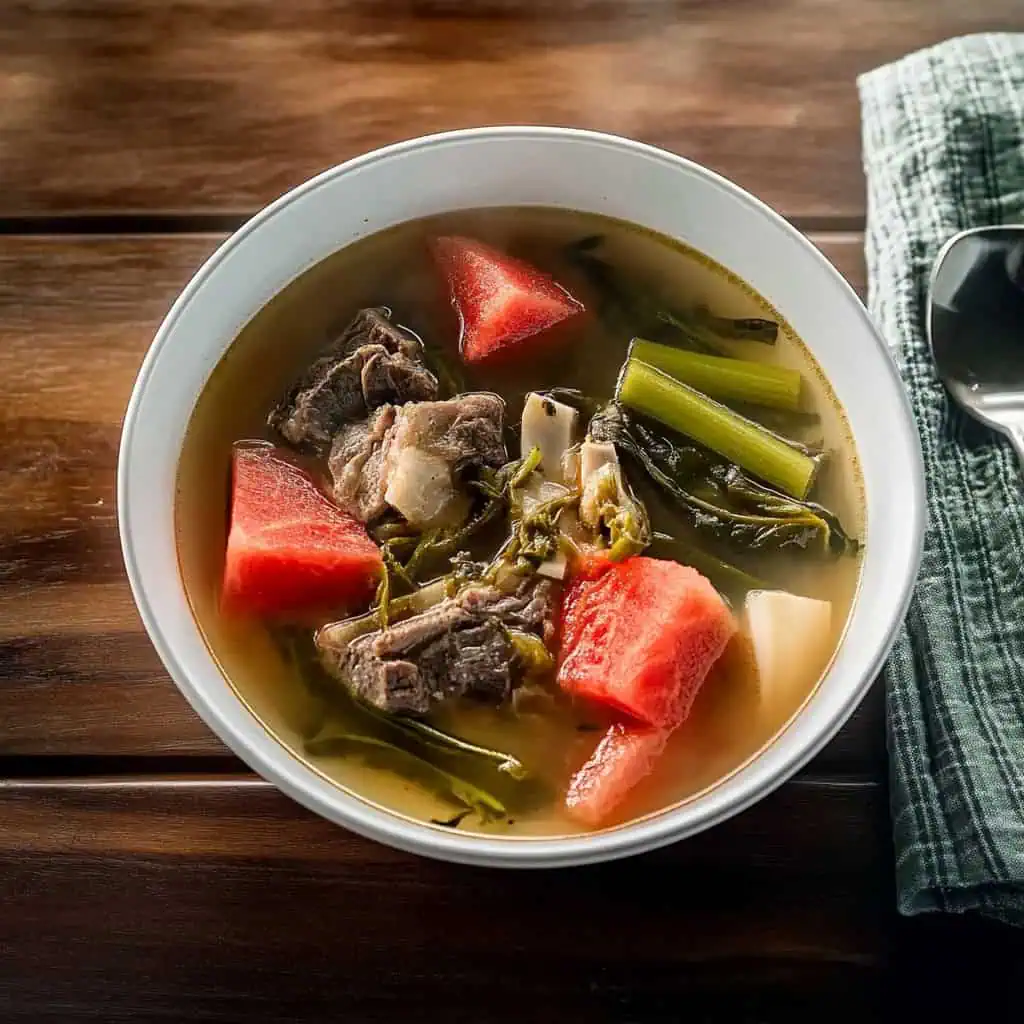
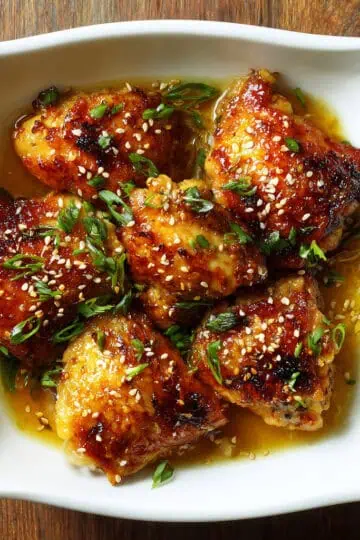
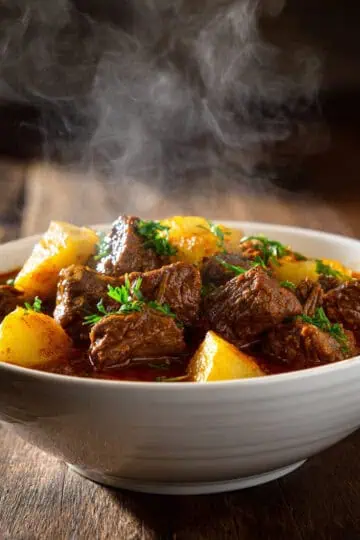
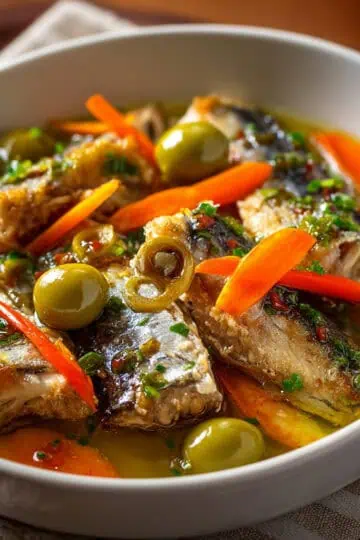
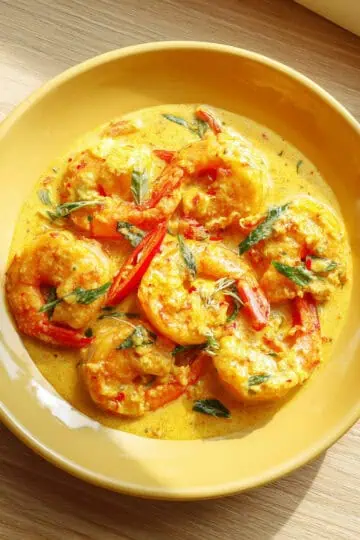
Comments
No Comments